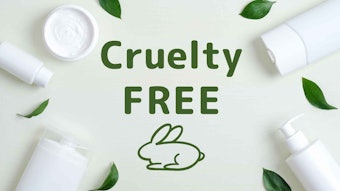Initial evaluation of the in vitro porcine skin model has demonstrated its feasibility and consequently led to the OECD guideline TG428. Fresh porcine skin, which has been reduced to horny layer and epidermis plus some dermal tissue, is often used to determine the percutaneous absorption of test substances in different vehicles. Punched circular pieces of porcine skin are placed in suitable diffusion chambers for testing.
The dermatome is widely applied for the preparation of epidermal sheets of defined thickness. The integrity of those sheets should be checked prior to the penetration experiment.
Caffeine permeability is one standard to monitor skin barrier function.6 It is a suitable marker substance because of its low molecular weight, its appropriate solubility and permeation rate. Therefore, a caffeine solution is layered on top of the skin sample in the diffusion cell. Samples are collected from the receiver phase and the permeability of the caffeine is measured by HPLC. Steady state levels for caffeine penetration are typically reached after 2-3 hr. However, checking the integrity of the barrier of epidermal sheets by measuring permeability of caffeine takes several hours and adds significantly to the length of the experiment. In addition, the skin sample is affected by this procedure and might undergo changes such as swelling.
An alternative approach is to measure the TEWL across the epidermal sheet. Appropriate values for a dermatomed epidermal layer are approximately 10 g/m2 h at an ambient humidity of 45±5%.
Another method to check the integrity of skin and to detect possible alterations during permeation experiments is the measurement of electrical properties of the skin. A direct relationship between the electrical conductance and the permeability of the epidermis to water was published by different researchers. This relationship makes it possible to monitor alterations in the permeability of skin towards polar compounds by following its changes in conductance.
unds by following its changes in conductance. Several studies have demonstrated that transepidermal electrical resistance (TER) can accurately identify membrane damage. TER is a rapid technique, but it does require that both sides of the epidermal sheet are covered with saline solution, which potentially can alter epidermal membranes.
The purpose of this study was to evaluate the use of TEWL and dermal resistance as indicators of skin integrity of porcine skin and to examine the relationship between TEWL, dermal resistance and caffeine as a marker substance in vitro. In this article, we report selected preliminary results.

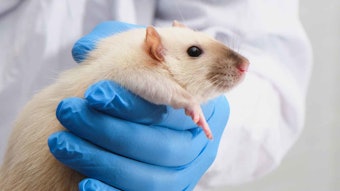
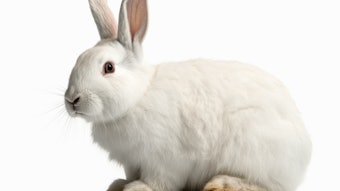

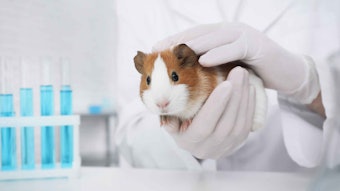

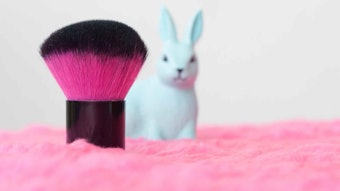
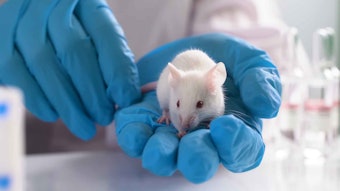
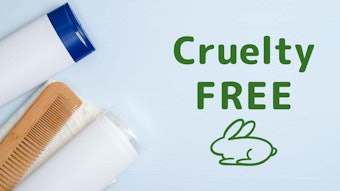
![A 2019 petition to the House of Commons stated, 'We, the undersigned residents of Canada, draw the attention of the House of Commons ... [that] animal testing is unnecessary to prove the safety of cosmetic products.'](https://img.cosmeticsandtoiletries.com/files/base/allured/all/image/2023/01/animal_testing_ban_canada_dreamstime_m_215632720.63d313232306d.png?auto=format%2Ccompress&fit=crop&h=191&q=70&rect=0%2C73%2C1800%2C1013&w=340)
